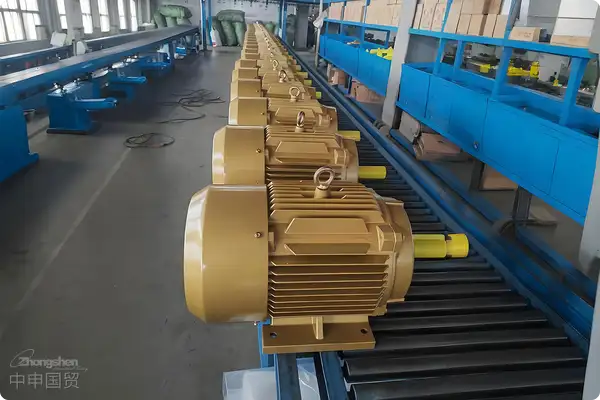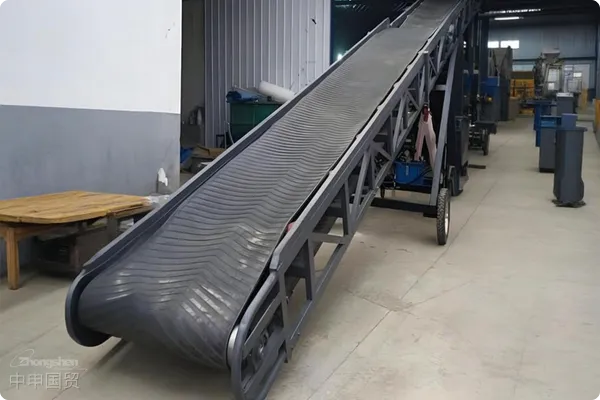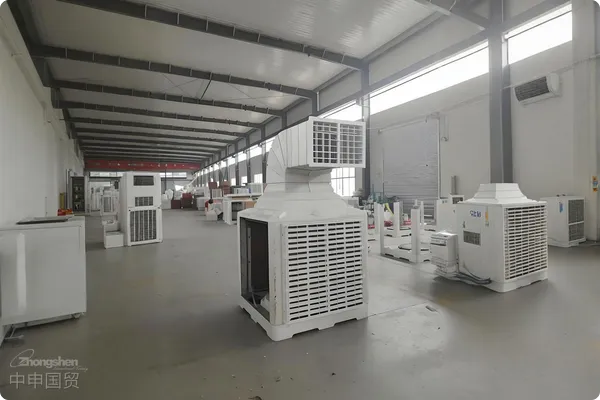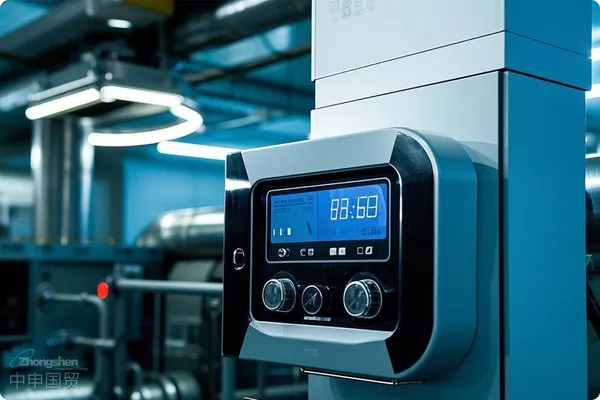- Shanghai Zhongshen International Trade Co., Ltd. - Two decades of trade agency expertise.
- Service Hotline: 139 1787 2118
Textile machinery is the core power of the weaving process. However, in international trade, accurate classification is of crucial importance. Incorrect HS codes may not only lead to a sharp increase in tariff costs but also cause customs clearance delays or even return of goods. Facing textile equipment with diverse functions and a wide variety of types, how to find the correct positioning in the tariff schedule? From melt spinning machines to shrinkage rate testing machines, this article will uncover the core logic of textile machinery classification through case analysis, helping enterprises to declare accurately and pass customs quickly.
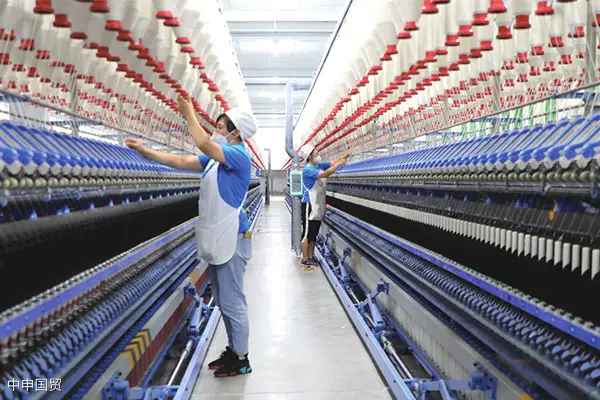
Pre - weaving preparation (Tariff items 8444 - 8445)
Common equipment
Melt spinning machine
- Purpose: Melt the chemical fiber raw materials, extrude them through spinnerets and cool them to make synthetic fiber filaments.
- Classification: According to General Rules I and VI of Customs Commodity Classification, classify into 8444.0090.
Automatic winder
- Purpose: Used in the spinning process to neatly wind the yarn into a cylindrical shape for subsequent processing.
- Classification: According to General Rules I and VI of Customs Commodity Classification, classify into 8445.4010.
Tips and suggestions
- Purpose Description:When making a declaration, the function and specific purpose of the equipment should be clearly stated, for example, used for the manufacture of synthetic fiber filaments.
- Technical documents:Provide the equipment instruction manual, production process flow and technical parameters to assist the customs in quickly determining the classification.
Fabric weaving (Tariff items 8446 - 8449)
Common equipment
Water - jet loom
- Purpose:Weaving of fabrics is completed by pulling the weft yarn through a water column, which is suitable for chemical fiber or glass fiber fabrics.
- Classification: According to General Rules I and VI of Customs Commodity Classification, classify into 8446.3040.
Raschel warp knitting machine
- Purpose:Weaving complex knitted fabrics such as lace, curtains and blankets.
- Classification: According to General Rules I and VI of Customs Commodity Classification, classify into 8447.2012.
Spunlace machine
- Purpose:Using high - pressure water flow to jet fibers into cloth, it belongs to non - woven fabric manufacturing machinery.
- Classification: According to General Rules I and VI of Customs Commodity Classification, classify into 8449.0020.
Tips and suggestions
- Process Differentiation:The main difference between knitting, weaving equipment and non - woven fabric machinery lies in the way of fabric formation. When making a declaration, the technical process used by the equipment needs to be accurately described, such as hydro - entanglement method or needle - punching method.
- Supporting Certificates:High - pressure jet equipment such as hydro - entanglement machines need to provide equipment safety test reports and usage permits.
Post - weaving dyeing and finishing (Tariff items 8450 - 8451)
Common equipment
Laser machine for the textile industry
- Purpose:Finishing the fabric surface through laser etching or washing.
- Classification: According to General Rules I and VI of Customs Commodity Classification, classify into 8451.8000.
Fully automatic shrinkage rate testing machine
- Purpose:Testing the shrinkage rate of textiles, which is applicable to the quality inspection link.
- Classification:Essentially belonging to a drum - type washing machine, classified into 8450.1120.
Eisemann cloth cutting scissors
- Purpose:The motor drives the blade, which is used for the cutting operation of textile fabrics.
- Classification: According to General Rules I and VI of Customs Commodity Classification, classify into 8451.5000.
Tips and suggestions
- Environmental Protection Support:Dyeing and printing equipment need to be equipped with environmental protection treatment devices, and ensure that the relevant documents are consistent with the equipment.
- Core Function Judgment:For example, for a shrinkage rate testing machine, classification should start from the core working principle, rather than just relying on the name or surface function.
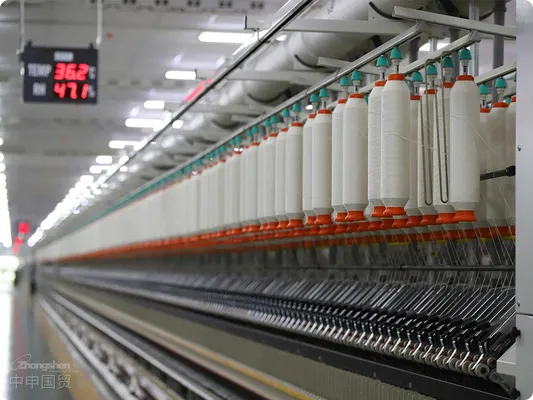
Overall operation suggestions
Combine functions with technical documents
Before making a declaration, it is necessary to prepare a complete equipment instruction manual, technical parameters and process flow, and compare with the tariff regulations to ensure accurate classification.
Pay attention to the latest regulatory requirements
Keep an eye on the latest regulations of the customs and commodity inspection departments, especially policy changes related to electricity use, safety and environmental protection standards.
Arrange customs clearance and declaration reasonably
Formulate a tariff cost accounting plan in advance, check the supervision conditions, and ensure that the declaration documents are consistent with the actual functions of the machine.
Strengthen supply chain communication
Ensure that both the supplier and the purchaser are clear about the function, specifications and HS code of the equipment, so as to shorten the customs clearance time and reduce subsequent risks.
The classification operation of textile machinery and equipment is a technical job in the export process. From function analysis to technical document support, every step requires rigorous logic and professional judgment. By being familiar with the tariff items, mastering the equipment characteristics and following the latest regulatory requirements, enterprises can not only effectively avoid trade risks, but also improve customs clearance efficiency and gain an edge in the international market. In the future, with the changes in the global trade environment, accurate classification and declaration strategies will becomeforeign tradea guarantee weapon for success.
Related Recommendations
Category case
Contact Us
Email: service@sh-zhongshen.com
Related Recommendations
Contact via WeChat

? 2025. All Rights Reserved. 滬ICP備2023007705號-2  PSB Record: Shanghai No.31011502009912
PSB Record: Shanghai No.31011502009912

